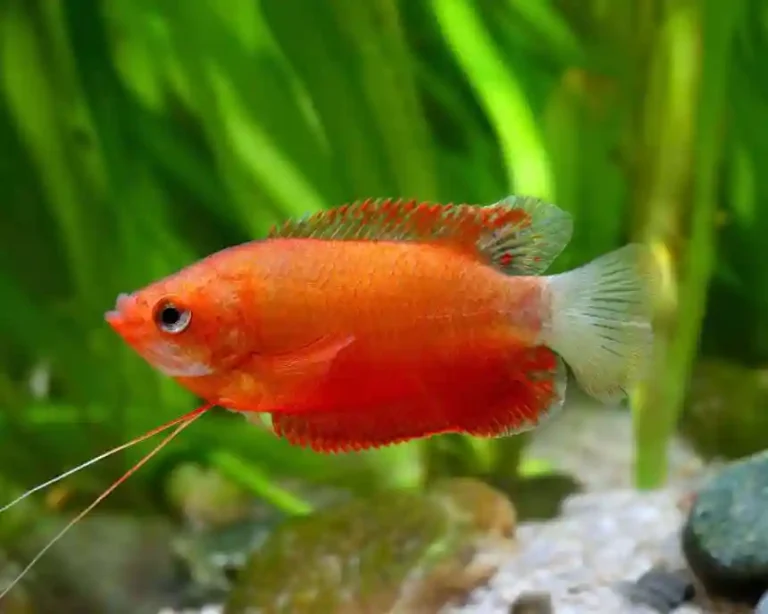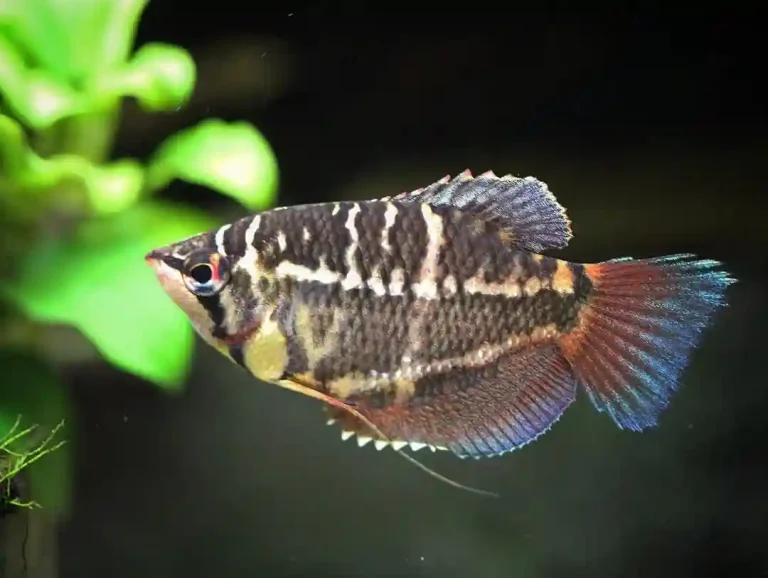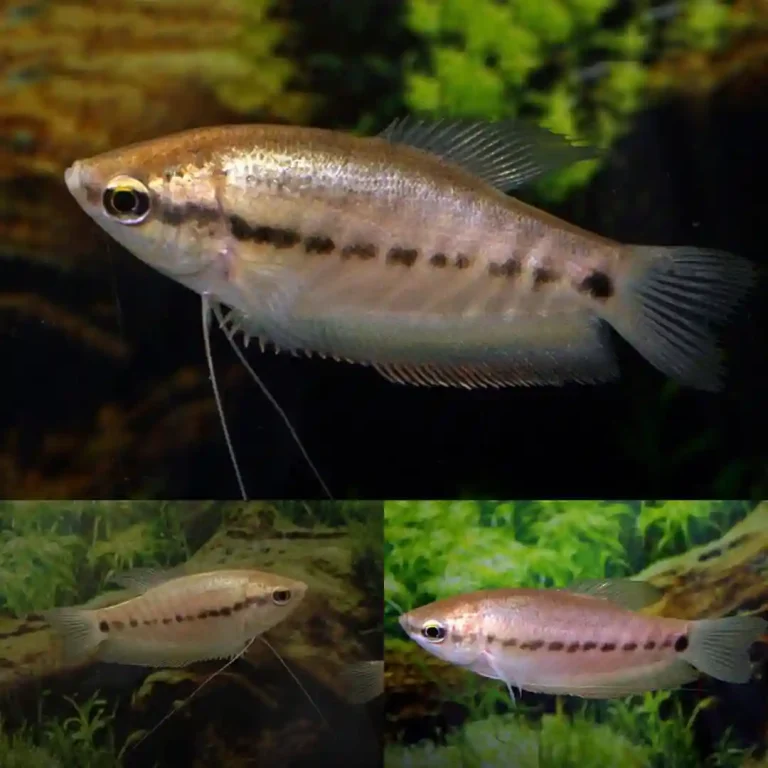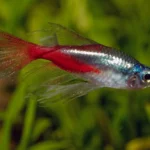Oscar fish: Species Overview
The Oscar fish (Astronotus ocellatus) is one of the most popular freshwater fish among aquarists, known for its intelligence, personality, and striking coloration.
Native to South America, Oscars are large, territorial fish that require ample space and a well-maintained tank.
Despite their aggressive nature, they form strong bonds with their owners, making them a fascinating species to keep.
Natural Habitat and Distribution
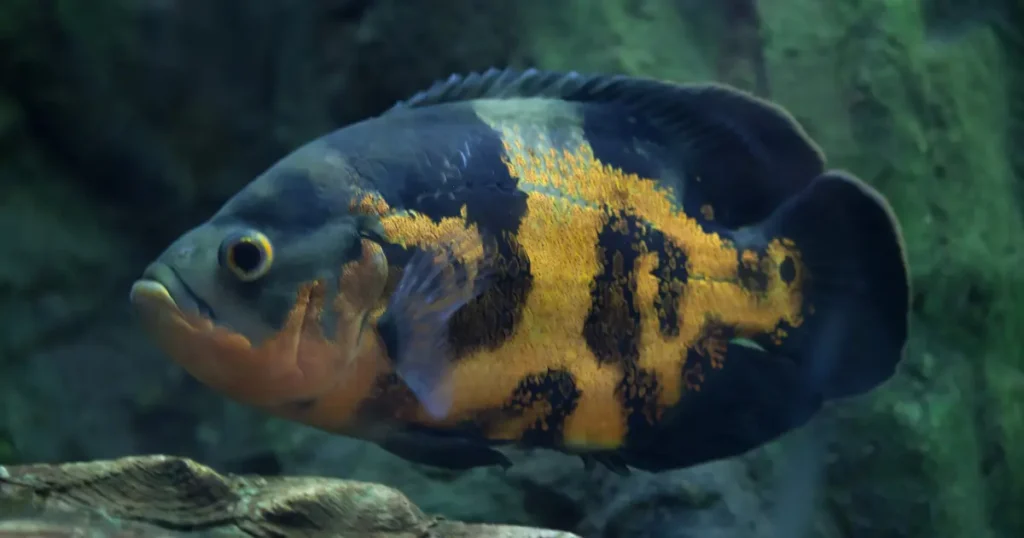
Oscar fish are found in the slow-moving rivers, floodplains, and lakes of the Amazon Basin in South America, particularly in Brazil, Peru, Colombia, and Argentina. Their natural habitat consists of warm, murky waters with submerged tree roots and branches, providing hiding spots and territorial boundaries. They thrive in soft to moderately hard water with a slightly acidic to neutral pH.
Physical Characteristics
Oscars are large, powerful fish, growing up to 18 inches (45 cm) in length and weighing around 3.5 pounds (1.6 kg) in the wild. In home aquariums, they typically reach 12-14 inches (30-35 cm). Their coloration varies, but common varieties include:
- Tiger Oscar: Orange and black pattern resembling tiger stripes.
- Albino Oscar: White or pale yellow with red markings.
- Red Oscar: A rich red body with black edging.
- Lutino Oscar: Lighter shades with prominent red and gold hues.
Oscars also possess a unique ability to recognize their owners, displaying interactive behaviors such as following movements and responding to feeding times.
Behavior and Temperament
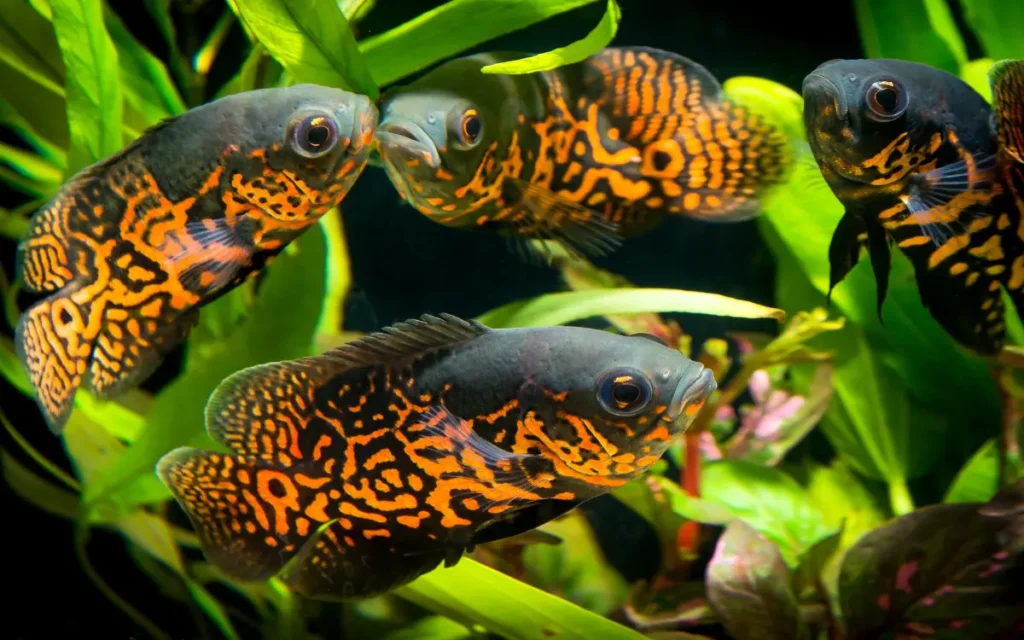
Oscars are known for their intelligent and curious nature. Unlike many fish, they display individual personalities and can even be trained to recognize their owners and take food from hand. However, they are also territorial and aggressive, particularly towards smaller tank mates. They should be housed with similarly-sized fish that can hold their own in a community setting.
Ideal Tank Setup
Due to their large size and high waste production, Oscars require a spacious and well-filtered tank:
- Tank Size: Minimum 75 gallons for a single Oscar; 125+ gallons for a pair.
- Water Temperature: 74-81°F (23-27°C)
- pH Level: 6.5-7.5
- Water Hardness: 5-20 dGH
- Filtration: High-quality canister or sump filter to maintain water quality.
- Substrate: Sand or smooth gravel; avoid sharp edges that could injure them.
- Decor: Large rocks, driftwood, and caves for hiding, but minimal decorations to allow swimming space.
- Lighting: Moderate lighting, as Oscars prefer dim environments.
Diet and Feeding
Oscars are carnivorous omnivores, requiring a high-protein diet for optimal health:
- High-quality cichlid pellets or sticks as a staple diet.
- Live or frozen foods such as shrimp, crickets, earthworms, and mealworms.
- Occasional treats like fruits and vegetables (e.g., peas, zucchini, spinach).
- Avoid feeder fish, as they can introduce parasites.
Feed Oscars once or twice a day, ensuring they consume everything within two to three minutes to prevent waste buildup.
Tank Mates
Choosing tank mates for Oscars requires careful planning. Suitable companions include:
- Jack Dempsey Cichlids
- Firemouth Cichlids
- Silver Dollars
- Plecostomus (large species only)
- Bichirs
Avoid keeping Oscars with small or delicate fish, as they may be seen as food.
Breeding Oscars
Oscar fish are monogamous and form strong pair bonds. Breeding them successfully involves:
Identifying a bonded pair – Oscars choose their mates naturally.
Setting up a breeding tank – Minimum 100 gallons with stable conditions.
Providing a flat surface – Oscars lay eggs on smooth rocks or glass.
Encouraging spawning – Raising the temperature to 78-82°F (25-28°C) can trigger mating.
Parental care – Oscars are excellent parents, fiercely guarding their eggs and fry.
Feeding fry – Newly hatched fry require infusoria or finely crushed flakes.
Common Health Issues
Oscars are hardy but prone to common aquarium diseases if tank conditions are poor:
- Hole-in-the-Head Disease (HITH): Caused by poor diet and water quality, leading to lesions on the head.
- Ich (White Spot Disease): Small white cysts on the body; treatable with temperature adjustments and medication.
- Bacterial Infections: Can result from injuries or poor hygiene.
- Parasitic Infestations: Internal parasites can cause weight loss and lethargy.
Maintaining good water quality and a nutritious diet helps prevent these issues.
Read our full guide: Freshwater Fish Diseases: Symptoms, Causes & Treatment Guide
Why Choose an Oscar Fish?
Oscars are a top choice for experienced fish keepers due to their:
Strong personality and intelligence – They interact with owners and recognize feeding routines.
Impressive size and coloration – Their vibrant patterns make them a striking centerpiece fish.
Hardiness and adaptability – They tolerate a range of conditions when properly maintained.
Unique behaviors – From rearranging tank décor to playing with objects, Oscars are highly interactive.

